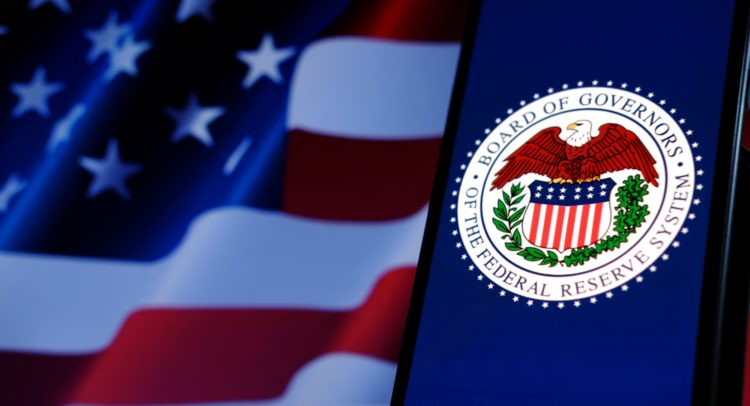Today was the big day, the one that’s been getting top billing in the financial headlines for over a month. The Federal Open Market Committee wrapped up its meeting, and Federal Reserve Chairman Jerome Powell came out at 2:00 p.m. Eastern Time to make his announcement. After much speculation and asset positioning, today’s traders finally got what they fully expected but hoped wouldn’t actually happen – a 75-basis-point federal funds rate increase.
Claim 70% Off TipRanks This Holiday Season
- Unlock hedge fund-level data and powerful investing tools for smarter, sharper decisions
- Stay ahead of the market with the latest news and analysis and maximize your portfolio's potential
This will make it more expensive to borrow money, thereby putting a damper on U.S. economic activity and, the Fed hopes, slowing down inflation. What spooked the markets and turned stocks from red to green, though, was the updated Fed forecast for future rate raises.
Reportedly, the central bank expects the federal funds rate to increase to 4.4% at the end of 2022. This is a faster rate-hike trajectory than the majority of prior Wall Street forecasts had indicated. Moreover, the Fed anticipates that the benchmark interest rate will top out at a lofty 4.6% in 2023 before gradually backing off.
That’s probably not what today’s market traders hoped to hear from the Fed chairman – and that wasn’t the only cautionary note from Powell. He also predicted that the U.S. economy (measured by gross domestic product or GDP) will grow at a 0.2% annual rate this year, followed by 1.2% in 2023. These figures pale in comparison to the economy’s 5.7% gain in 2021.
Furthermore, the Federal Reserve anticipates that the nation’s unemployment rate, which currently stands at 3.7%, will rise to as much as 4.4% in 2023 and remain there through 2024. In other words, the era of 50-year lows in unemployment is in the rearview mirror now, according to Powell and his colleagues. So, we can easily see why the market’s mood turned from hope to trepidation as the central bank’s forward guidance isn’t as sunny and bright as today’s traders had hoped it would be.
















